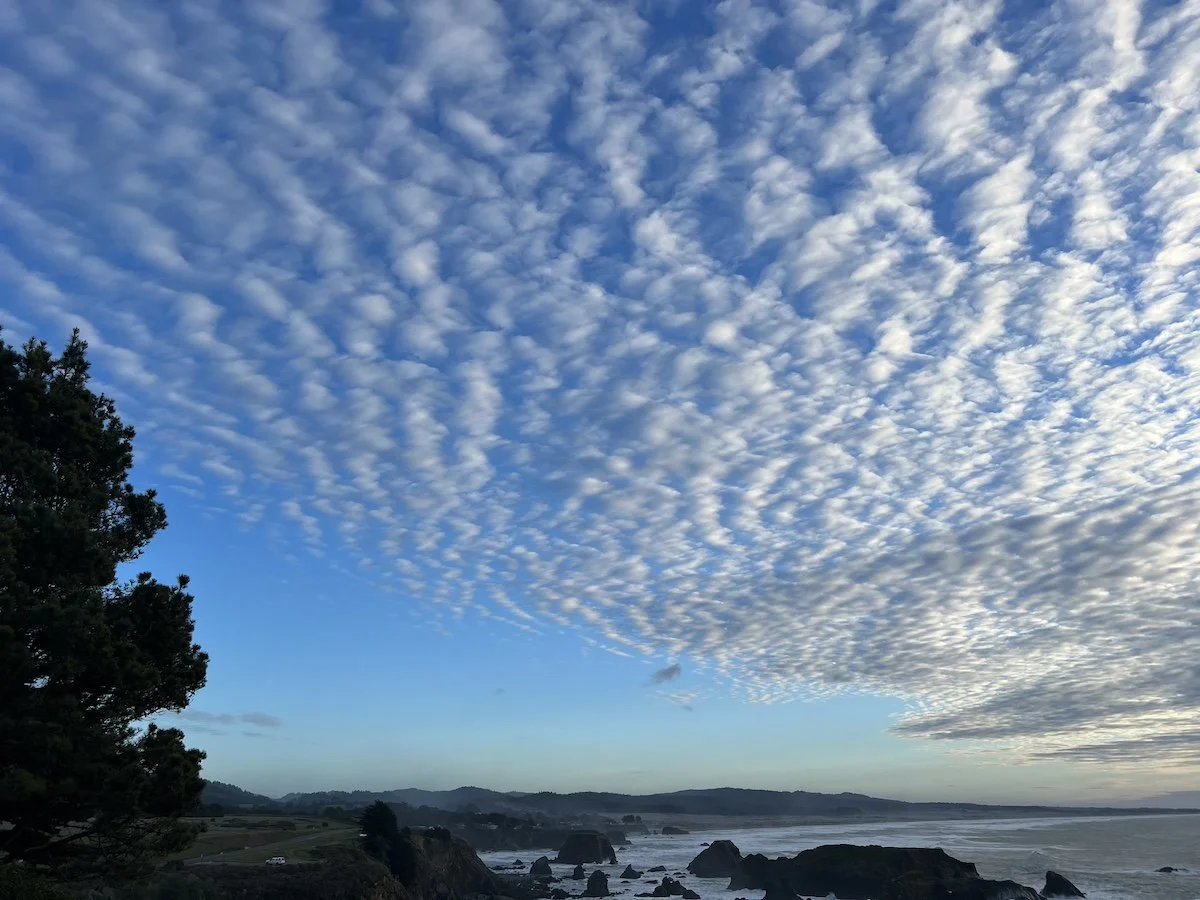Out There in Here
“While a picture may indeed be worth a thousand words,
a natural soundscape is worth a thousand pictures.”
After the atomic bombs were dropped on Hiroshima and Nagasaki, Earth sent a clarion call into space with an urgent alarm pleading for help. Recently, a similar call was detected and the recent LiveStream of curated sounds was a response. People tuned in from more than 70 countries to offer love and gratitude to Earth.
I try to imagine what the experience might have been like for Her. I like to think that the different locations were like acupuncture points in a full-body treatment for the planet; or perhaps a global chorus where each location accompanied and harmonized with the rest. For 10 days, we were a humming hive at the beginning of spring.
The Livestream for Earth generated a different level of interest than previous LiveStreams, including the ones dedicated to peace in Liberia and the Middle East. It moved like a sonic migration, like weather, like light, and transcended political and national identities.
Many non-western people and beyond-human Selves of the Natural World hear differently than westerners do. Sound recordist Bernie Krause describes the moment, early in his career, when he first grasped an unfamiliar source of sonic complexity under the tutelage of a Nez Perce elder at Lake Wallowa in Oregon:
Before us stood a cluster of different-length reeds that had been broken off by the
force of the wind and weather over the course of seasons. As the air flowed past the
reeds, those with open holes at the top were excited into oscillation, which created
a great sound - a cross between a church organ and a colossal pan flute.
Perhaps the parallels between river-reeds and church organ were uncomfortable for early religious communities - the wild and the tame too alike for the sensory suppression required by the Church at the time. Medieval western music was composed and performed behind thick walls that silenced the relational, exuberant sounds of Earth music. Church music reverberated in human-made silence until the silence of absence became synonymous with God.
Some of our sonically sophisticated beyond-human cousins don't just hear sounds, they see and feel them. There are fish who hear along a lateral line of bundled nerve cells that detect changes in pressure: this is how schools of fish suddenly change direction in unison. Viruses squeak when they detach from a surface. Some dolphins and whales hear through their jaws. Elephants hear with their ears and their feet. There are bats, whales and dolphins that use ultrasound signals to create a detailed acoustic image, like a map.
For humans, maps, like history, tend to distort things. At best, they are an approximation: the complexity that would make them accurate cannot be depicted. All the fish in all the seas cannot fit on a page. Likewise ongoing relationships, functions, and processes. How would we begin to map global and celestial interactions among all the sound-makers?
These things matter for reasons beyond the joys of hearing, beyond the joys of participation in the larger ensembles that sonify the world: the din created by humans interrupts essential conversations among animals trying to migrate, mate, feed, and care for their young. As with extinction, sonic loss ripples out beyond each individual death. The disappearance of a species means the loss of relationships vital to planetary thriving. The absence of each silenced community ripples out to neighboring biomes, unraveling relationships there. Loss, like healing, is most palpable along the edges where complex systems intersect. Clear cut forests are a stark example.
Cedar forests once stretched from Jerusalem to Lebanon. The land we think of as the Fertile Crescent was once a vast forest, so abundant and so glorious that it was likely the model for the Garden of Eden. King Solomon cut down the famous Cedars of Lebanon in order to build the Temple of Jerusalem. There is evidence now that, when those forested lands were clearcut, it altered land cover, wildlife, weather and hydrology of the entire region. Much of it became desert. Similar devastation occurred as a result of America's intensive bombing of Southeast Asia during the Viet Nam war. The soil was pulverized and has not recovered. The hydrology of the Mekong Delta was destroyed.
The sonic tranquility of 9/11 and again during the pandemic reminded us that human silence nourishes the repair of the Natural World. We can contribute to that chorus, too, with a chorus of silence, starting with silence in our minds. Beyond the false promise of renewables and carbon credits, maybe silence, public and private, is the one meaningful offering we humans can make to restoring the Natural World. Maybe, instead of loud protest, we should consider hours and days of silence: skies without airplanes and helicopters; shipping lanes and ocean wilderness liberated from the din of commerce and military sonar. Like patches of forest planted where once there were landfills or human-made desert, we might create patches of silence so that the sonic landscape can rewild itself. We may find that the silence we extend to the Natural World will restore us, too.
